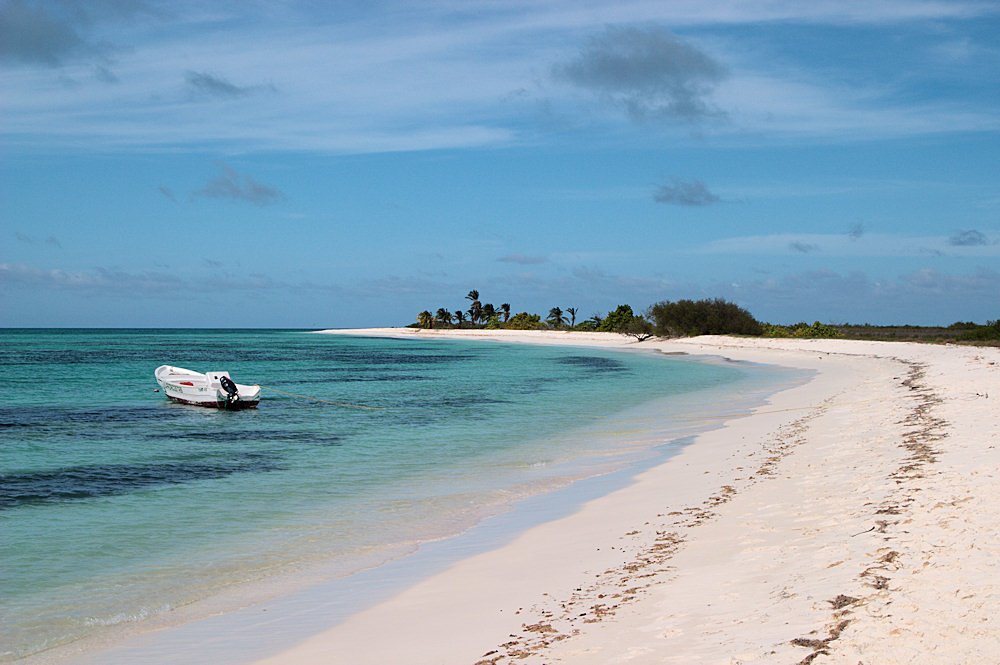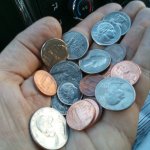treasurediver
Full Member
- Mar 13, 2005
- 176
- 263
Gold smuggling
During colonial times, the value of gold was about 16 to 18 times the value of silver. Gold was therefore easier to hide and smuggle. On most galleons there was smuggled gold. Almost all of the gold found on the “Atocha” was undeclared, was not registered in the manifest.
At times the smuggling of gold was punished by pain of death. Still, gold was smuggled.
One interesting event happened on the treasure fleet coming from Brazil. Sorry I don’t remember the exact date, but if I remember right, it was about 1760?
The king of Portugal was in a bad mood and proclaimed that this time he would really have the pain of death enforced for the smuggling of gold. The merchants were very concerned and sent a boat to meet the fleet with the message.
There was a loophole in the law about smuggling gold. Smugglers had the opportunity to make a late declaration before reaching Portugal. On this occasion over 2 tons (metric) were registered in the late declaration.
There is the story about 2 galleons that had lost their way and landed in the Canary Islands instead of Spain. Hard to believe this was accidental, but one never knows what all can happen on the oceans. Anyway, while the 2 galleons were in the harbor in the Canary Islands, a volcano erupted and wrecked the 2 galleons.
The galleons were then salvaged. Way more treasure was salvaged then had been registered. The story says that the King stated that many galleons should get wrecked because it turned out to be good business.
This whole story sounds unbelievable. I feel like checking the facts.
During colonial times, the value of gold was about 16 to 18 times the value of silver. Gold was therefore easier to hide and smuggle. On most galleons there was smuggled gold. Almost all of the gold found on the “Atocha” was undeclared, was not registered in the manifest.
At times the smuggling of gold was punished by pain of death. Still, gold was smuggled.
One interesting event happened on the treasure fleet coming from Brazil. Sorry I don’t remember the exact date, but if I remember right, it was about 1760?
The king of Portugal was in a bad mood and proclaimed that this time he would really have the pain of death enforced for the smuggling of gold. The merchants were very concerned and sent a boat to meet the fleet with the message.
There was a loophole in the law about smuggling gold. Smugglers had the opportunity to make a late declaration before reaching Portugal. On this occasion over 2 tons (metric) were registered in the late declaration.
There is the story about 2 galleons that had lost their way and landed in the Canary Islands instead of Spain. Hard to believe this was accidental, but one never knows what all can happen on the oceans. Anyway, while the 2 galleons were in the harbor in the Canary Islands, a volcano erupted and wrecked the 2 galleons.
The galleons were then salvaged. Way more treasure was salvaged then had been registered. The story says that the King stated that many galleons should get wrecked because it turned out to be good business.
This whole story sounds unbelievable. I feel like checking the facts.









